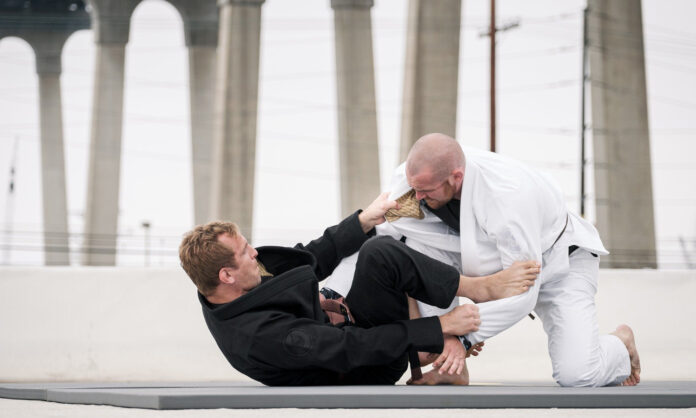In a guest post on Killzone, Carla Hoch says you can write a great fight scene, even if you don’t know how to fight in real life. “You don’t want to focus on technique anyway because most readers don’t know how to fight,” she says. “You’re far more likely to lose readers by making a fight scene too complicated and needlessly specific.”
But which moves should you focus on? Hoch says comic books provide an answer. Because space is limited – even in a fight scene – the writers and artists must focus on key moments. “That’s not to say that small moves won’t ever be illustrated,” Hoch notes. “It is to say that the small move must be pivotal to the scene because they come at the cost of drawing something more easily imagined.”
As you consider which moves to describe in your prose, Hoch suggests asking these questions:
- Would this movement be easily understood if drawn?
- What exact moment of the movement would be drawn?
- Is the physical response easy to imagine?
- How can I make this a sensory experience?
Before you start writing, you have to know how your fight ends. Who will be injured and how? “The intended injury determines the movement of the fight,” Hoch notes. From there, work backwards. How does the injury happen? What lead to that moment? Keep working backwards, asking how each moment arose, until you reach the beginning of the fight. “When you ask yourself how something happened, you don’t get so hung up on wondering what comes next,” Hoch says. “Instead, you consider what created a certain result.”
She also suggests mapping out your scene. Write down the movements you described above, cross out what isn’t 100% necessary to describe, and look for key moments that should be strengthened.












